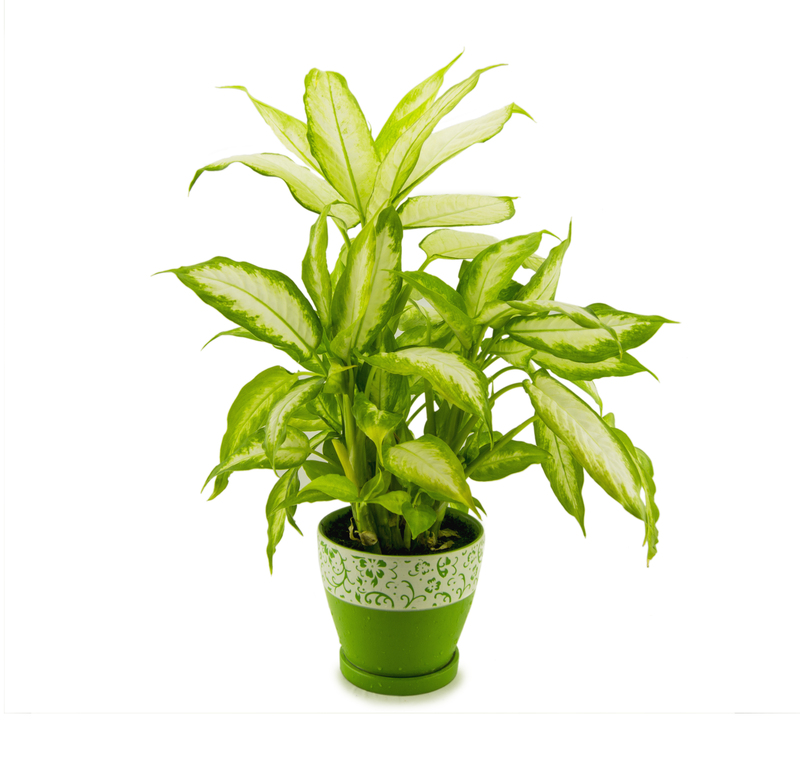Secrets of Wimbledon's Pristine Grass Courts
Posted on 20/08/2024
The History Behind Wimbledon's Grass Courts
Wimbledon, the cathedral of tennis, is renowned not just for its rich heritage but also for its immaculate grass courts. These courts are a blend of tradition, science, and painstaking effort that stretches back over a century. The All England Club, which hosts the prestigious tournament, first established grass courts in the late 19th century. The tradition has held strong since then, making Wimbledon the only Grand Slam still played on grass.

Construction: The Foundation of Excellence
Creating the perfect grass court begins from the ground up. The sub-soil consists of a layer of drainage stones, followed by a mix of stone and soil, then a layer of finely graded soil, and finally the top grass surface. This multi-layered construction ensures adequate drainage and firmness, key factors in maintaining the court's integrity throughout the tournament.
Choice of Grass
The species of grass used is predominantly 100% perennial ryegrass. This choice was made after extensive research to find a grass variety that could withstand the rigors of high-impact play while providing a smooth and fast surface. Perennial ryegrass is resilient to wear and has a fine texture, making it ideal for professional tennis.
Day-to-Day Maintenance
The maintenance of Wimbledon's grass courts is nothing short of a scientific endeavor. Each court is carefully mowed to a height of exactly 8mm before and during the tournament. Maintenance also includes regular watering, with precise amounts calculated based on weather conditions and soil moisture levels. Courts are rolled to keep the surface firm, and meticulous attention is paid to any damage caused by play, which is promptly repaired.
Innovative Techniques
Wimbledon employs several innovative techniques to ensure the courts remain in pristine condition. One such technique is the use of a special type of liquid nutrient that is sprayed onto the grass to keep it green and healthy. Additionally, high-tech machinery is used to aerate the soil and keep it well-drained. The use of organic fertilizers and biostimulants further enriches the turf.
Impact of Weather
The weather plays a significant role in the condition of grass courts. Rain can soften the ground, making it more susceptible to damage, whereas too much sun can dry out the grass, leading to a harder playing surface. To combat these challenges, the grounds team at Wimbledon uses advanced meteorological data to anticipate and react to weather conditions, ensuring that the courts remain in optimal playing condition.
Pros and Cons of Grass Courts
Pros
- Fast Pace: Grass courts facilitate a quicker game, benefiting players with fast serves and volleys.
- Traditional Appeal: Grass courts are steeped in tradition and offer a unique aesthetic and playing experience.
- Comfort: The grass surface is softer, reducing the impact on players' joints compared to hard courts.
Cons
- Maintenance: High maintenance requirement makes grass courts expensive and labor-intensive to keep in top shape.
- Susceptibility to Weather: Grass courts are highly affected by weather conditions, making them less reliable in varying climates.
- Uneven Bounce: As the grass wears down through play, the ball bounce can become unpredictable.
Tips for Playing on Grass Courts
- Wear proper footwear to gain the best traction and avoid slips.
- Practice quick reactions, as the ball tends to have a lower and faster bounce on grass.
- Focus on serve and volley techniques to make the most of the fast-paced surface.

Main Takeaways
- Wimbledon's grass courts are the result of meticulous planning, innovative techniques, and skilled maintenance.
- While they offer unique playing advantages, grass courts come with their own set of challenges, particularly in terms of maintenance and weather dependency.
Conclusion
The immaculate grass courts of Wimbledon are a testament to the dedication and expertise required to maintain them. From the choice of grass species to daily maintenance routines and modern innovations, every detail is managed with precision to provide the perfect playing surface. While grass courts offer a unique and fast-paced game, they also demand significant care and are weather-sensitive. Understanding these aspects not only deepens our appreciation for Wimbledon but also imparts valuable insights for players and enthusiasts looking to play on or maintain grass courts.



